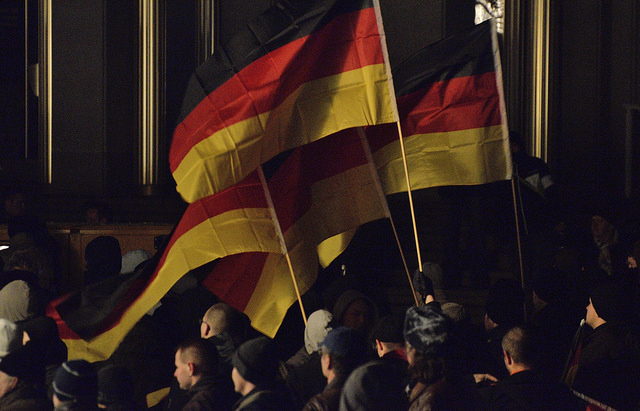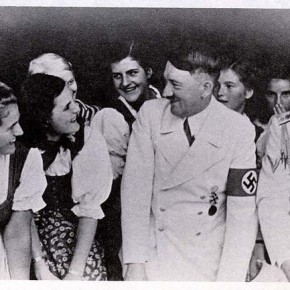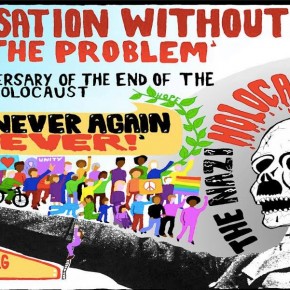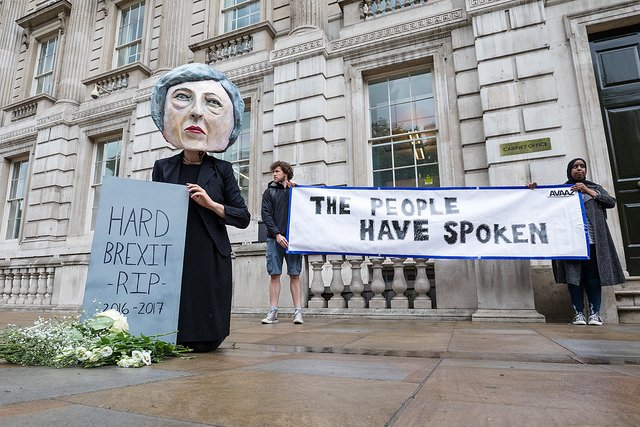The question of diversity in Europe is a recurrent one. This is probably because Europe may be the most homogeneous place on earth. The number of European languages has dwindled to 286 compared to over 2,000 languages spoken in Africa. Yet the continent remains home to rival forms of nationalism, particularly in the EU.
Despite the constant shift of borders and migrations across the region, the notion of a common European identity seems painfully elusive.
The fact that French, for example, was the language of choice for many monarchs, from England to Russia, does not fit into nationalist discourse. Indeed, the historical perspective guiding most European nationalisms is embarassingly unhistorical.
Hence, the UK still tends to view itself as an island nation separate from the continent, in spit of a shared history. Following the withdrawal of Rome, the Anglo-Saxons came from what is now Germany, settled in what is today Britain and mixed with the native population. Just as the Celtic migrations from the continent spread throughout Ireland, Wales, Cornwall and Scotland. Notably, the first examples of English literature were produced in Scandinavia. All of this was prior to the Viking raids and the Norman conquest.
This is not unique to the British Isles. If you look at Slavic cultures, you find the borders distinguish national identities between ethnic and linguistic ties. This is why Polish and Ukrainian nationalists view Russia with deep suspicion, while Western Europe seems like a ‘lesser evil’. Likewise, the idea of Yugoslavia, composed of the Slavic peoples of the Balkans, made sense because of geographic and cultural proximity, but Catholic Croats and Orthodox Serbs tend to see themselves as distinct from Muslim Bosnians.
So the idea of a separate, monocultural past is misleading. Even still, the idea of ethnic and linguistic common ground remains strongly identified with national boundaries. At the same time, the reach of European languages has been expanded hugely by colonialism. English is spoken by over 500 million people across more than 100 countries. Spanish is spoken by nearly 400 million people, while French is the predominant language in over 50 countries. This same level of international reach has only been achieved by Arabic.
Notwithstanding the persistence of nationalism, there are groups who have not traditionally fit into narrative of national cohesion: particularly the Roma, Jews and increasingly Muslims. During the feudal period, the Other was a semi-nomadic presence moving freely between the peasantry and landed gentry. As capitalism emerged, the peasant class were thrown from their land and the proletariat emerged. The process of deracination runs concurrent with the rise of nationalism. The need to identify the source of this deracination grew stronger.
With the emergence of liberal societies, the question of Jewish emancipation took hold. As pointed out by Yehuda Shenhav, the Prussian government drafted a law in 1841 to preserve “the wondrous essence” of Jews without the intervention of the Christian state. Religious freedom necessitated the privatisation of religion and its removal from the public space. However, as Shenhav notes, Judaism is a public religion – in the sense of public law, not just private belief – so nascent liberal societies found it hard to integrate such groups into atoms of rights and freedoms. This same analysis can be extended to Islam today.
It’s no coincidence that national identity has often been enacted against the Other. Advocates of assimilation, or integration for that matter, forget that this process changes the host culture, too. The problem for liberal multiculturalism is not far from the debates on Jewish emancipation in the 19th Century. If we relegate faith to private space, how do we relate to public religions and what does it mean for the religionists in question? This is why we face such hysteria around Muslim immigration, and the place of shariah in Europe.
Right now, this extends to the refugees who have reached the shores of Italy and Greece from Libya and Syria. The anti-immigrant right now equates the very people fleeing from Islamic State with terrorism. It’s as if the solidarity with the victims of the Paris attacks should not be extended to the refugees, who are fleeing from even worse atrocities in Syria. At the same time, the liberal efforts to ‘humanise’ refugees presupposes the idea that they could be allowed to perish in the Mediterranean, if not in Syria itself, were they “not like us”.
This was exactly the point made by Slavoj Zizek in his discussion with Yanis Varoufakis late last year. The problem is that the liberal response is woefully insufficient. If we want to go further than this dichotomy between regulated diversity and nationalist reaction, we’ll have to go beyond mere tolerance and respect for others in the first instance. Whether or not this takes place within or without a common European identity is another question. But it does mean we must embrace difference for the sake of coexistence.
Photograph courtesy of Caruso Penguin. Published under a Creative Commons license.





